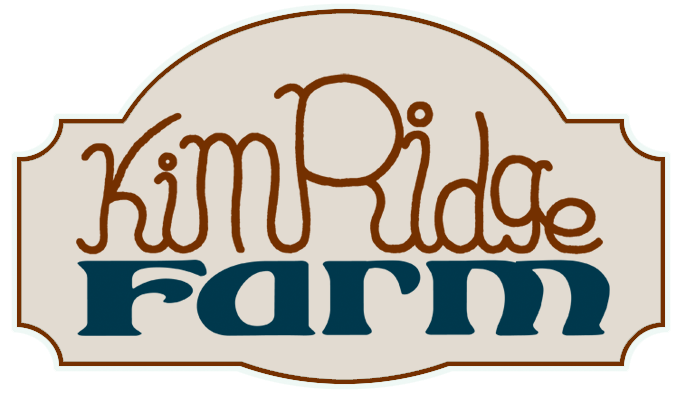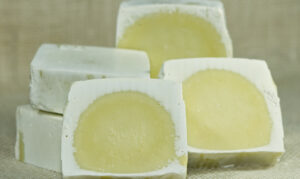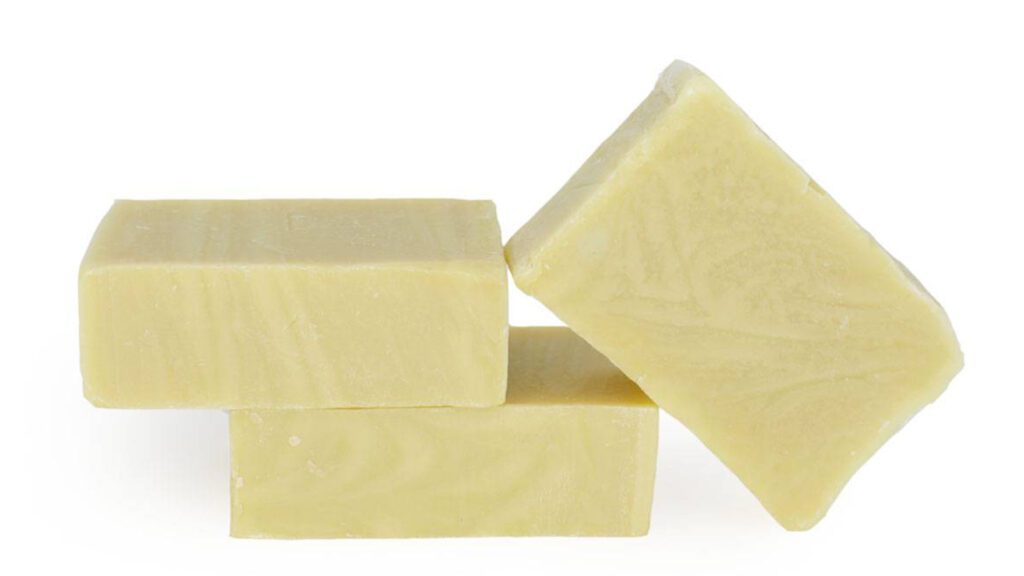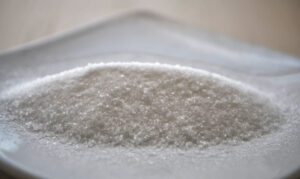Introduction to the Wonderful World of Handmade Soap Making
When I first began my journey into soap making on our family homestead, I quickly discovered that creating my own cleaning products was about far more than just saving money. What started as a simple experiment with basic bar soap soon blossomed into a passion for crafting various handmade soap types, each perfectly suited to different household and personal care needs. Over the years, I’ve learned that handmade soap offers unparalleled control over ingredients, allows for complete customization, and provides the deep satisfaction of self-sufficiency.
In this comprehensive guide, I’ll share everything I’ve learned about the different types of handmade soap you can create, focusing particularly on the three main methods: cold-process, hot-process, and liquid soap making. Whether you’re looking to make gentle personal care bars, heavy-duty laundry soap, or versatile liquid cleaners, understanding these fundamental techniques will open up a world of possibilities for your homestead.

Understanding the Core Soap Making Methods
Cold-Process Soap: The Artisan’s Choice
Cold-process soap making is the traditional method that produces the most beautiful, handcrafted bars. This technique involves mixing sodium hydroxide (lye) with oils at room temperature, allowing the mixture to slowly saponify over 24-48 hours before being cut into bars. What makes cold-process soap particularly special handmade soap type is its long curing time – typically 4-6 weeks – which allows excess water to evaporate, resulting in a harder, longer-lasting bar.
I’ve found cold-process soap ideal for creating:
- Luxurious personal care bars with intricate designs (like swirls and layers)
- Gentle soaps that retain beneficial glycerin
- Specialty bars incorporating delicate essential oils and botanicals

One of my favorite aspects of cold-process soap is how well it preserves the therapeutic properties of added ingredients. When I want to make a soap with our homegrown lavender or calendula petals, this method ensures the botanicals maintain their color and benefits better than other techniques. The slower saponification process also makes cold-process soap more forgiving for beginners, as you have more time to work with the batter before it sets.
Hot-Process Soap: The Practical Homesteader’s Method
When I need soap quickly or want to use up leftover oils, hot-process soap making becomes my go-to method. This technique speeds up saponification by cooking the soap mixture, typically in a slow cooker or double boiler. The heat accelerates the chemical reaction, meaning the soap is technically safe to use within about 24 hours, though I still recommend a 1-2 week cure for best results.

Hot-process soap has several distinct advantages:
- Much faster turnaround time compared to cold-process
- Naturally superfatted soap (extra oils remain for moisturizing)
- Excellent for rustic, textured bars
- Perfect for utilitarian soaps like laundry bars
The cooking process gives hot-process soap its characteristic rustic appearance – think hearty, old-fashioned bars with a slightly rougher texture. While you can’t achieve the same intricate designs as with cold-process, I love how the natural, homespun look fits our homestead aesthetic. This method also allows me to incorporate ingredients like honey or milk more easily, as the cooking helps prevent overheating issues.
Liquid Soap: Versatility in a Bottle
When I first ventured into liquid soap making, I was amazed at how different the process was from bar soap creation. Liquid soap uses potassium hydroxide instead of sodium hydroxide (lye) and results in a gel-like paste that can be diluted to create various cleaning solutions. From start to finish, the process takes about 2 weeks, including dilution time.

Liquid soap has become indispensable on our homestead for:
- Hand soaps in pump bottles
- Dishwashing liquids
- All-purpose cleaners
- Shampoos and body washes
What I particularly appreciate about liquid soap is how economical it is to make. A single batch of concentrated soap paste can last for months when properly diluted. I keep several jars of the paste in our pantry, ready to mix up customized cleaners as needed – adding essential oils for fragrance, glycerin for extra moisturizing, or extra potassium hydroxide for a stronger cleaner.
Personal Care Soap Varieties
Specialty Bar Soaps for Every Need
Through years of experimentation, I’ve developed numerous personal care soap recipes tailored to our family’s needs. The method you choose (cold-process, hot-process, or liquid) significantly impacts the final product’s characteristics.
Scented Soaps
Cold-process method excels at preserving delicate essential oil aromas. I’ve had great success creating lavender-chamomile sleep soaps and peppermint-rosemary awakening bars. Hot-process can work for scented soaps too, though the cooking process may diminish some top notes – I compensate by using slightly more essential oil or adding natural scents after the cook.


Medicated Soaps
For soap with therapeutic additives like tea tree oil (for acne) or oatmeal (for eczema), I prefer cold-process as it keeps the beneficial properties most intact. However, hot-process works well for stronger ingredients like pine tar or sulfur.
Glycerin-Rich Soaps
All handmade soap retains natural glycerin, but cold-process preserves it best. These semi-translucent homemade soaps are my go-to winter soaps when our skin needs extra moisture. I often superfat these batches at 8-10% for extra conditioning.


Novelty and Guest Soaps
Cold-process allows for the most creativity in shapes and designs. I make special holiday soaps using silicone molds – cinnamon-clove for Christmas, floral shapes for spring. These make wonderful handmade gifts when paired with a handwritten label.
Household and Cleaning Soaps
Kitchen Cleaning Solutions

Our handmade kitchen soaps have completely replaced commercial cleaners, saving money and reducing plastic waste. Each soap type serves specific purposes:
Dish Soaps:
For hand dishwashing, I make a liquid castile soap base with extra coconut oil for sudsing power. Adding citrus essential oils helps cut grease naturally. For dish bars (great for camping), hot-process makes durable bars that last.
Surface Cleaners:
I create three types:
- Mild daily cleaner (liquid soap with vinegar and lemon oil)
- Heavy-duty degreaser (hot-process bar grated and dissolved in hot water)
- Antibacterial spray (liquid soap with thyme and tea tree oils)
Specialty Cleaners:
- Cutting board sanitizer (liquid soap with grapefruit seed extract)
- Stainless steel polish (soap paste with olive oil and lemon juice)
- Oven cleaner (soap paste with baking soda)
Laundry Soap Solutions
Handmade laundry soap has been one of our biggest homestead successes. After testing various formulas, I’ve settled on these reliable recipes:
Powdered Laundry Soap:
- 2 parts grated hot-process soap bars
- 1 part washing soda
- 1 part borax
- Optional: Few drops essential oil for fragrance
This works wonderfully in both standard and HE machines. For extra stain-fighting power, I add a scoop of oxygen bleach to each load.

Liquid Laundry Soap:
- 1/3 bar hot-process soap, grated and dissolved
- 1/2 cup washing soda
- 1/2 cup borax
- 2 gallons water
I store this in recycled gallon jugs with a tablespoon added per load. For tough stains, I rub some of the undiluted soap paste directly on spots before washing.
Specialty Laundry Soaps:
- Delicates wash (mild liquid soap with wool fat)
- Diaper soak (soap with tea tree and lavender oils)
- Brightening soap (with lemon juice and sunlight drying)
The Joy of Handmade Soap: A Homesteader’s Final Thoughts
Creating handmade soap types – from luxurious cold-process bars to practical hot-process laundry staples – is more than a skill; it’s a celebration of self-reliance and creativity. Whether you’re crafting gentle glycerin-rich soaps for sensitive skin, whipping up rustic kitchen cleaners, or experimenting with swirling techniques, each batch deepens your connection to the art of traditional soap making.
Why Handmade Soap Wins Every Time
- Control: Know every ingredient that touches your skin and home
- Sustainability: Reduce plastic waste and chemical runoff
- Customization: Tailor scents, textures, and properties to your needs
- Homestead Pride: Nothing beats the satisfaction of using what you’ve made
As you explore cold-process, hot-process, and liquid soap methods, remember that even “failed” batches are opportunities—rebatch them into laundry soap or stain sticks. The journey is as rewarding as the results.
Ready to Begin? Start with a simple olive-oil bar soap, then let your curiosity lead the way. Share your creations with fellow homesteaders, and keep learning. After all, the best soap isn’t just made—it’s crafted with patience, knowledge, and a touch of love.
“The finest handmade soap types begin with curiosity and end with contentment.”








